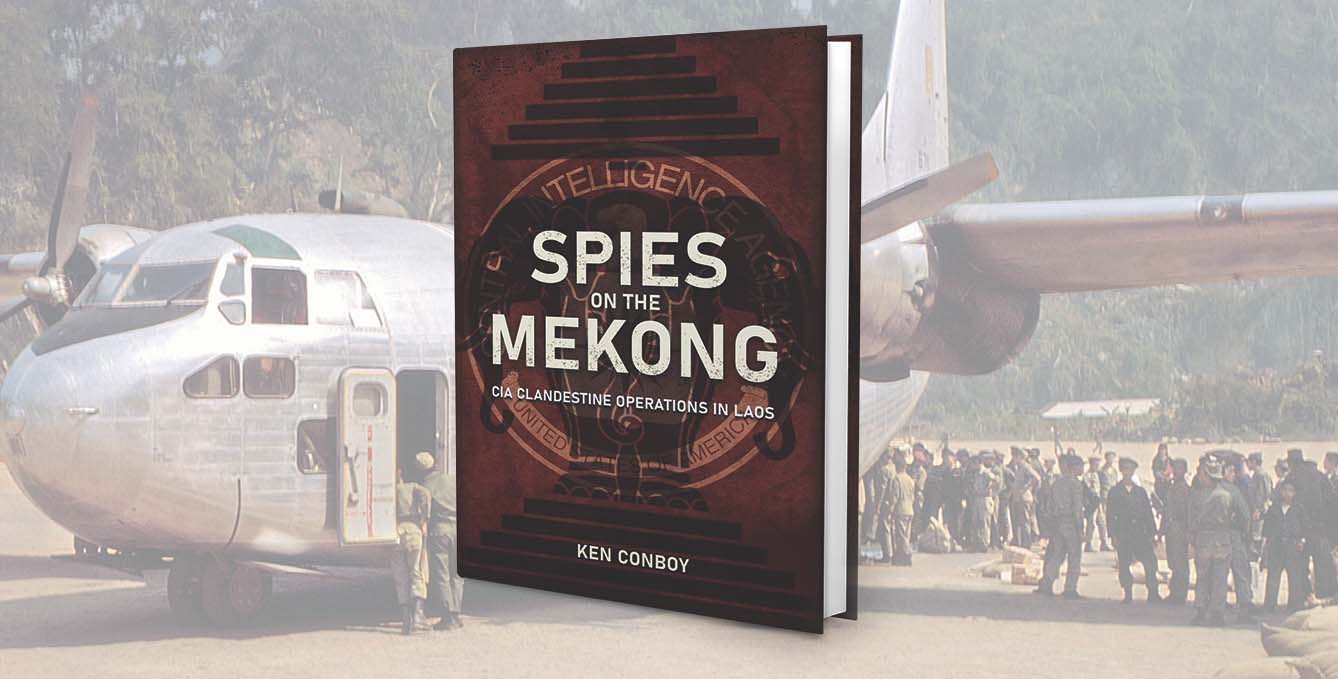After reaching its zenith in the 15th century as Lan Xang, “the Kingdom of a Million Elephants,” Laos underwent a decline that by the 19th century saw the country divided in three and, by the 20th century, part of the French colonial empire in Indochina.
After the communist-led Viet Minh victory against the French at Dien Bien Phu in 1954, Laos became one of four nations whose futures as independent countries were still being disputed by outside powers, including the Soviet Union, the People’s Republic of China and the United States.
Politically divided between three contentious brothers—one rightist, one communist and one professing neutrality—Laos was a political backwater that should have been left to itself, but the country attracted a lot of attention because it had the three essentials of valuable real estate: “location, location, location.” Bordered by Burma (renamed Myanmar), Thailand, China, Cambodia and North and South Vietnam, Laos was, like it or not, a key chess piece in a bloody international struggle.
However, the powers surrounding Laos decided it was to everyone’s advantage to officially maintain the country’s nominal neutrality, allowing all to maintain embassies in the major cities—each well-stocked with intelligence agents. Meanwhile, Laos was confronting an internal struggle, a civil war between the royal government and the pro-communist Pathet Lao.
From 1955 until the landing of Marines in South Vietnam in 1965, U.S. policy was focused on Laos more than on Vietnam. Rather than sending in the American military, the government sent in the CIA, which armed and trained local paramilitary forces and waged a shadowy battle of wits with its Soviet, Chinese, North Vietnamese and Laotian communist counterparts.
Only recently have documents concerning the CIA’s behind-the-scenes espionage in Laos been declassified, and it is those operations that are revealed in unprecedented detail in Spies on the Mekong: CIA Clandestine Operations in Laos, by Asian history expert Ken Conboy.
The parallel quagmire in Vietnam was a simple battlefield compared with Laos. The first CIA personnel included agents with no experience in Asia. They saw the situation strictly in American Cold War terms—only to discover that the nominally neutral Prince Souvanna Phouma was possibly a more stabilizing presence than the rightist generals who spent much of their time conspiring against each other for power. The CIA itself was sometimes handicapped by personality conflicts within its ranks.
As the intelligence operations of rival nations competed in an environment prone to sudden change and frequent hostility, some of the more knowledgeable CIA men found themselves on cordial terms with their most formidable adversaries in the Soviet KGB and military intelligence agency GRU.
On April 17, 1975, for example, the communist Khmer Rouge in neighboring Cambodia took the capital city, Phnom Penh, and ordered out foreigners who included the seven-man Soviet embassy and supporting personnel. When communication with the convoy was lost, a nervous KGB officer in Vientiane, Laos, George Vorobiev, contacted the CIA to determine if the Soviet embassy staff had made it to Thailand. CIA Station Chief Dan Arnold invited Vorobiev to the U.S. Embassy twice for briefings on the Soviets’ fate. “I assured him that all personnel including the Soviets were alright,” Arnold said afterward. “He was most appreciative.”
On April 30, 1975, Saigon fell to the North Vietnamese and Viet Cong. On May 9, Lao demonstrators were throwing rocks and tearing down the flag at the U.S. Embassy in Vientiane.
Such was the unique board on which the CIA played its longest undercover game. It truly was hard to tell who was who without a scorecard, but in Spies on the Mekong Conboy provides that scorecard with information on the major players, their allies and enemies and enough intrigue to more than satisfy a reader of a Graham Greene spy novel. Except, of course, these stories are real. V
This post contains affiliate links. If you buy something through our site, we might earn a commission.
This article appeared in the December 2021 issue of Vietnam magazine. For more stories from Vietnam magazine, subscribe and visit us on Facebook.





